A Hike Around Xàtiva
Having seen the castle and most of the other principal sights on our first day in Xàtiva, we awoke early on our second day for an excellent 14-kilometer hike. We’d be following PRV-78, a circular path that leads along the Albaida River, past an ancient aqueduct and caves, and through groves of orange trees, before heading back into town.
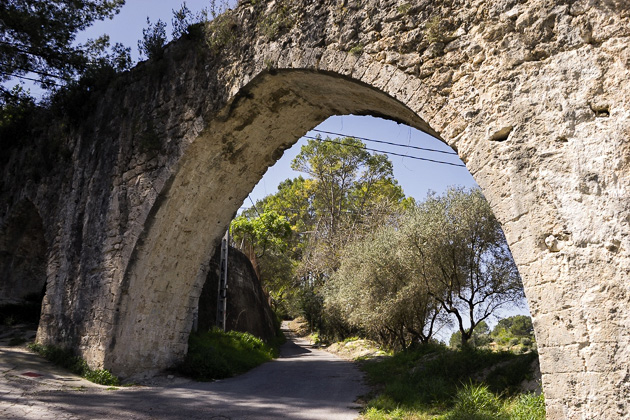
The hike, described in Esteban Cuellar’s Caminando por la Comunidad Valenciana #3, begins at the beautiful Jardín del Beso, on the eastern edge of the town. After admiring the Arab-inspired architecture in the park, we found the Fuente de los 25 Caños (Fountain of 25 Dolls), which was built in the late 18th century. A plaque above the basin states, “With my crystal waters, I quench the thirst of farmers, the crops grow, populations increase, trade increases and the flowers of Setabis bloom.” Sheesh, apparently crystal waters make you boastful, too!

The path departs Xàtiva through a shadowy grove of mandarin trees. In mid-April, the trees were overloaded, and the majority of their fruits were dropping onto the ground. So we didn’t feel too guilty about helping lighten their burden by snatching a few delicious mandarins from the lowest-hanging branches.
PRV-78 makes a loop around the hills south of Xàtiva. During the first half, we followed the course of the Albaida River into hilly and sparsely-populated territory. Within an hour, we had reached the Arcaetes d’Alboi, an aqueduct 200 meters in length, built in the 11th century by the city’s Arabic rulers. Our path led underneath its ancient arches, and over to the other side.
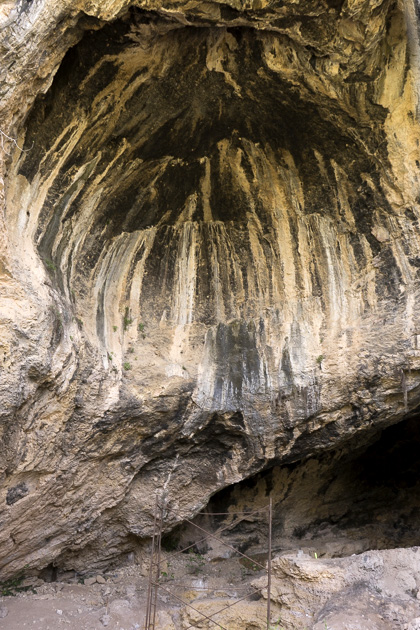
Soon, we arrived at the entrance to the Cova Negra, or Black Cave, named after the color of its walls. Neanderthal remains and wall paintings over 46,000 years in age were discovered here, making this a site of legitimate archaeological importance. Unfortunately, the entrance to the cave is blocked by a heavy metal fence. I would have loved to get inside and see the paintings.
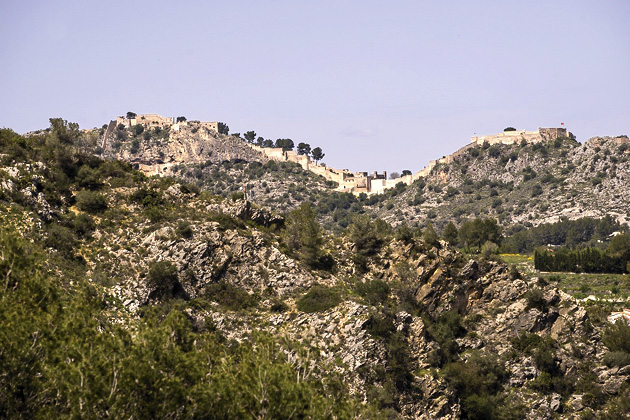
Our path now departed from the river and entered its most difficult phase, climbing a steep, dry mountain. But as we ascended, we were rewarded with an ever-improving view of Xàtiva Castle, off in the distance to the north. From here on out, the castle would remain visible, and approaching it slowly allowed us to understand how intimidating it must have seemed to medieval armies.
By the time we reached the castle’s western periphery, we were tired but content. The path continued past the Hermitage of San Felix and the nevera, both of which which we had visited the day before, and deposited us back at the Fuente de los 25 Caños. We needed about five hours to complete this loop, which included a long lunch break and frequent stops for pictures. A more pleasant day out in the nature of Valencia is hard to imagine.
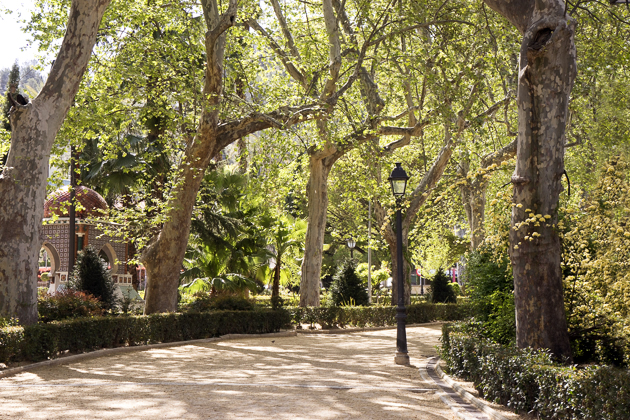
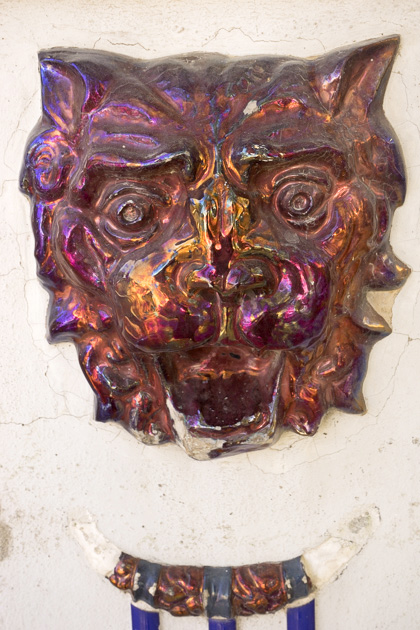

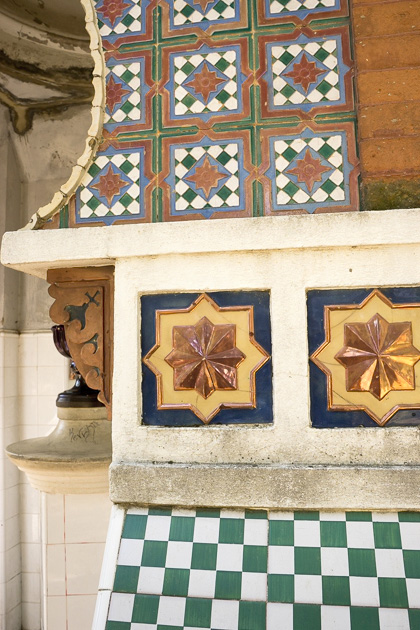
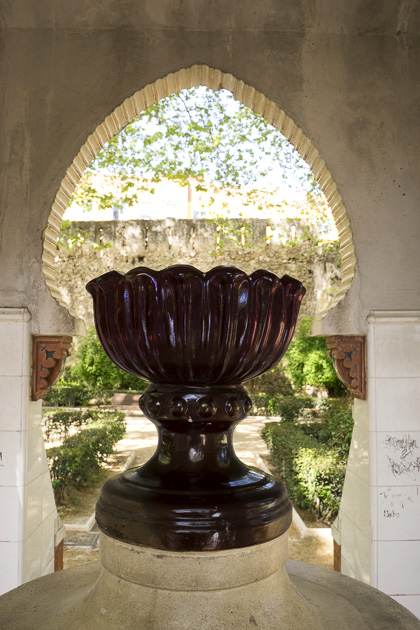

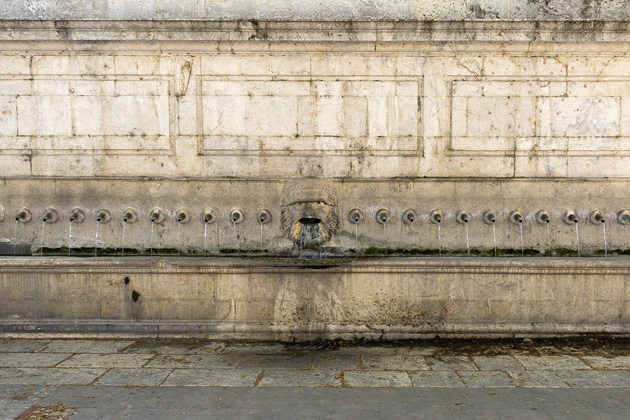

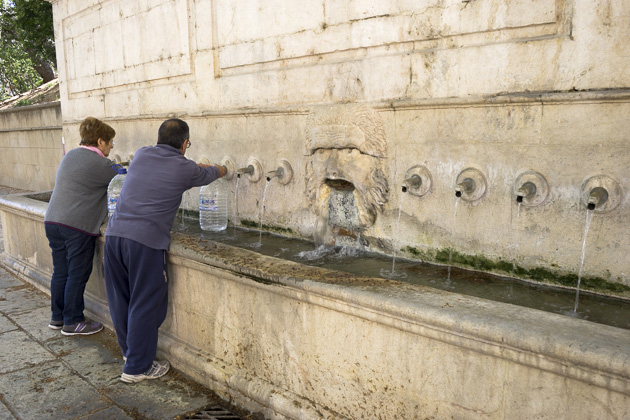
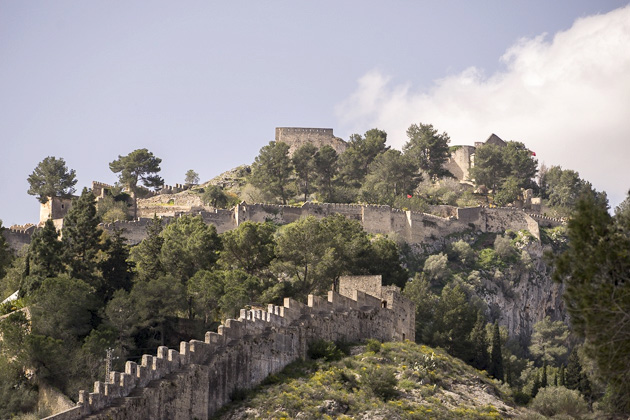
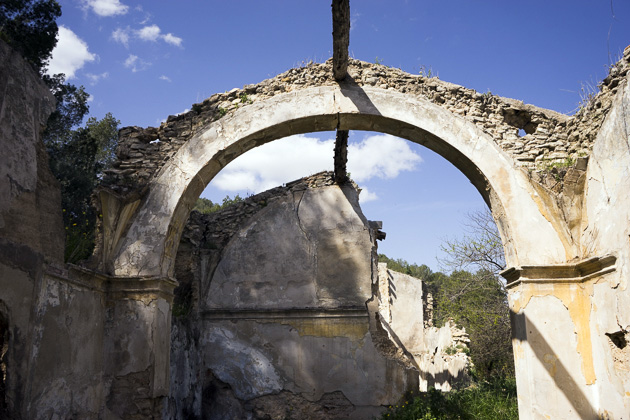
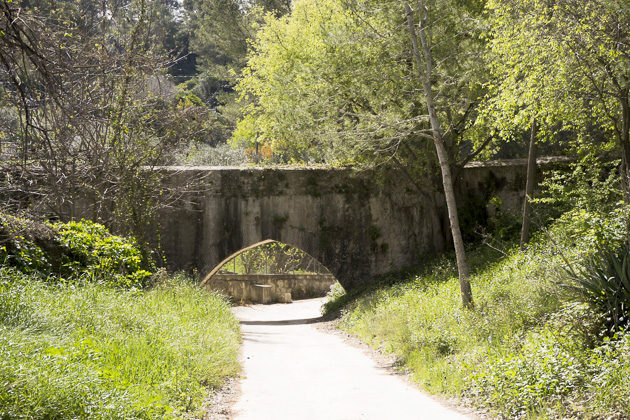
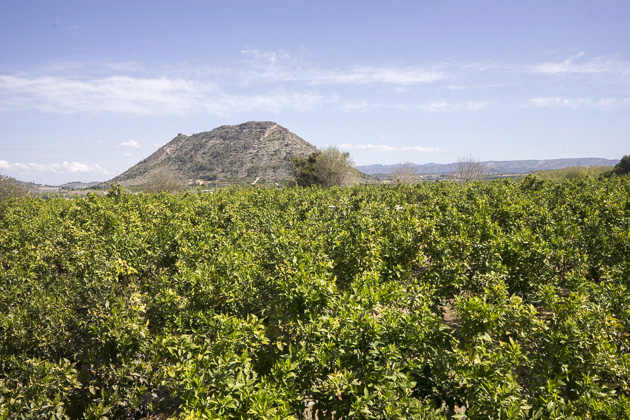
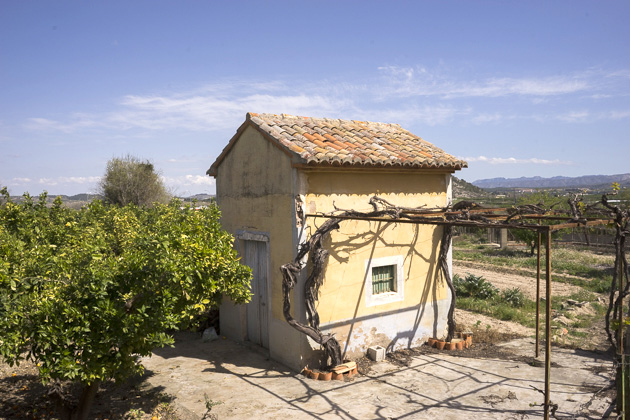
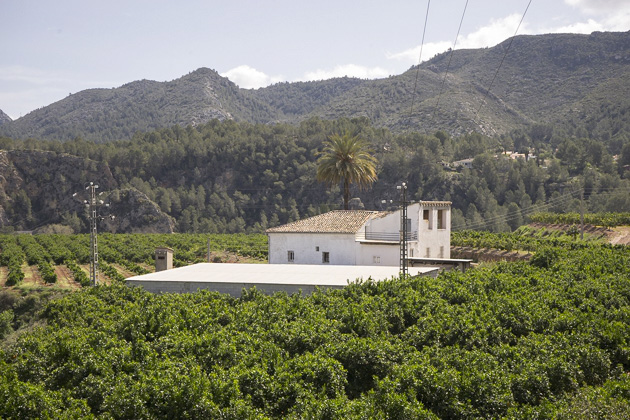
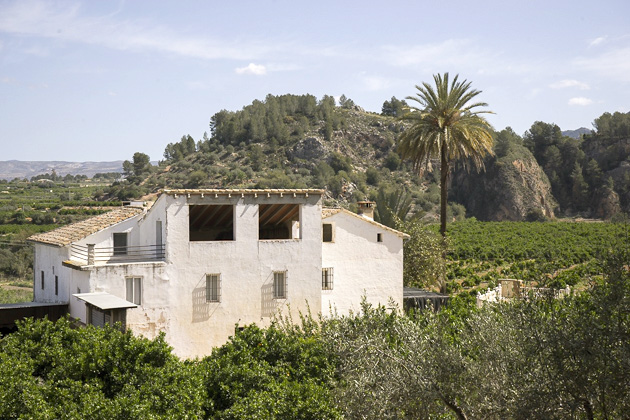
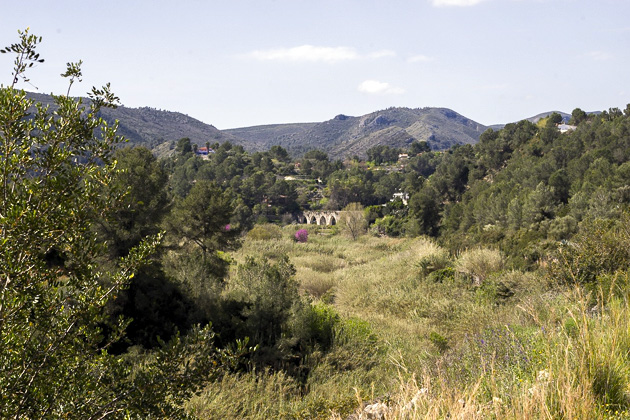
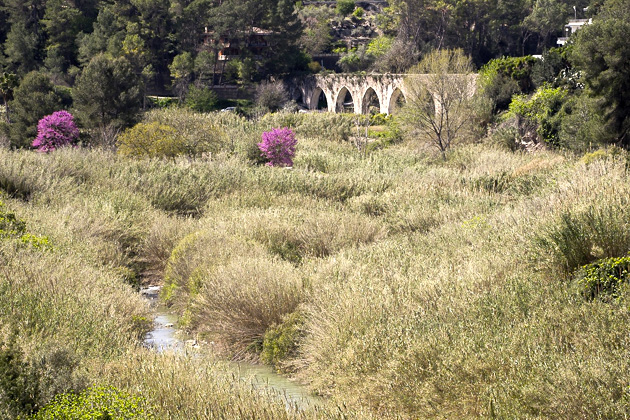
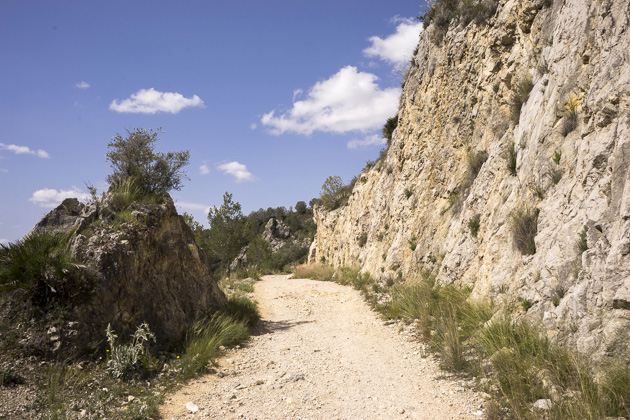
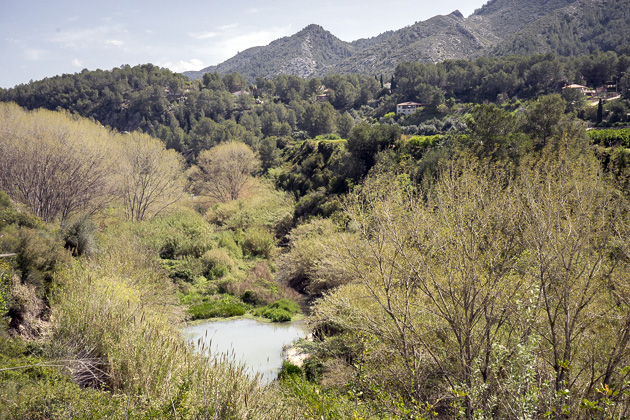
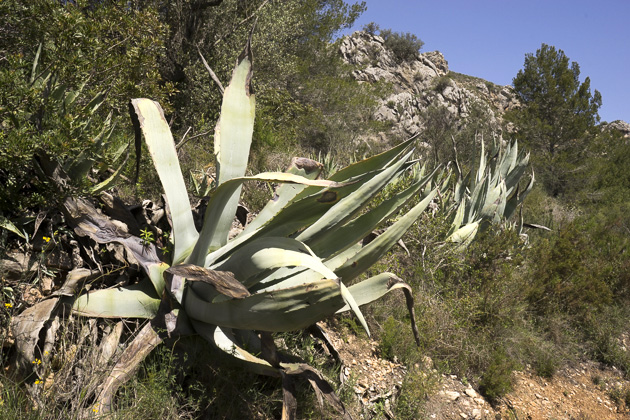
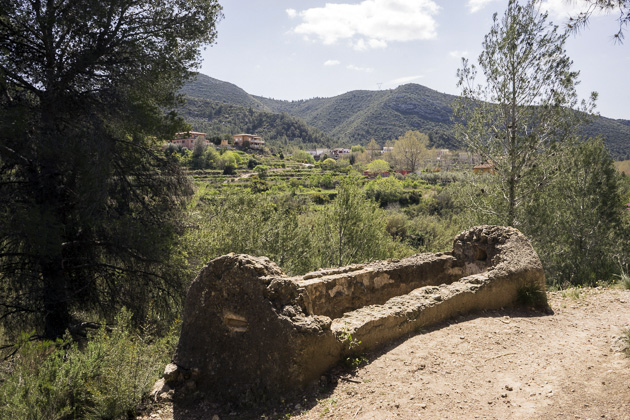
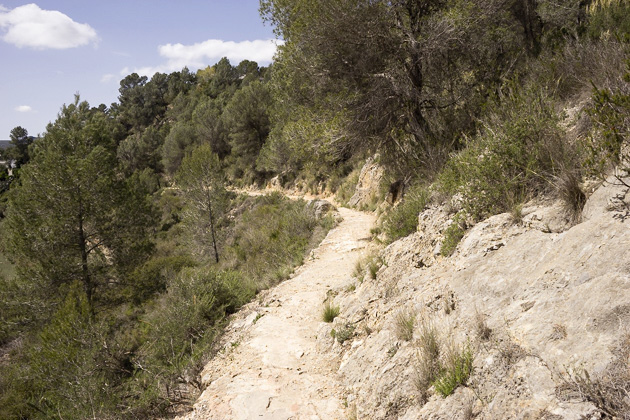
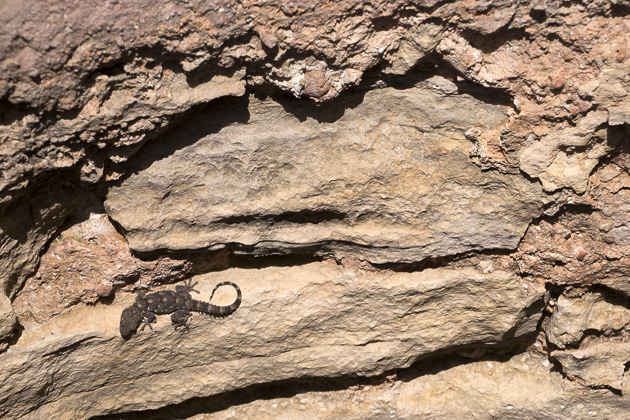
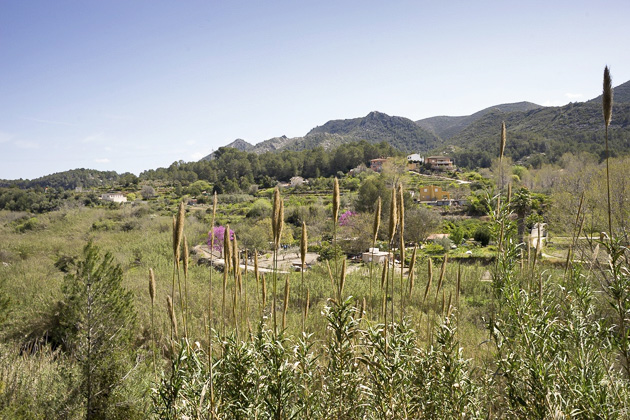
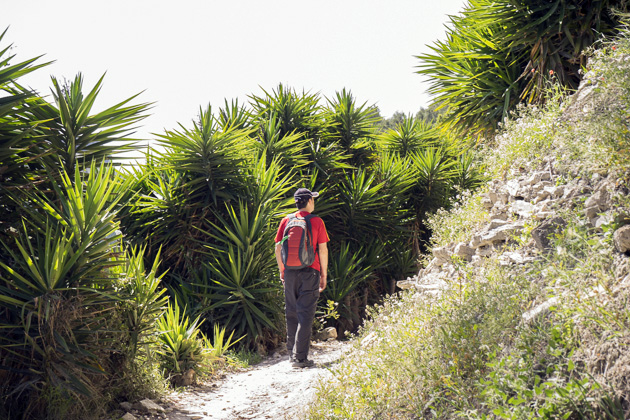
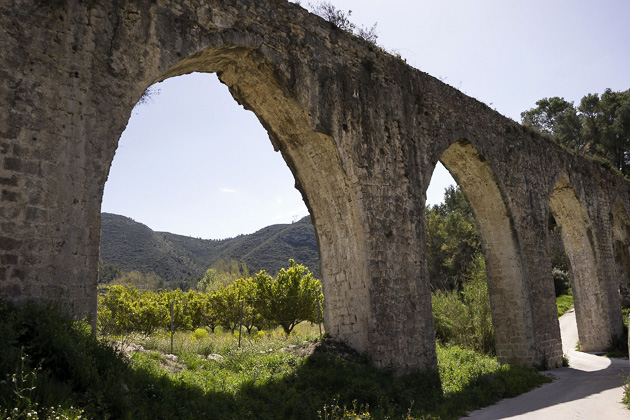
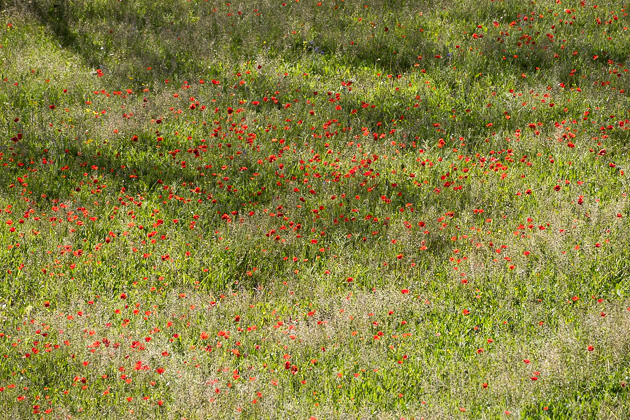
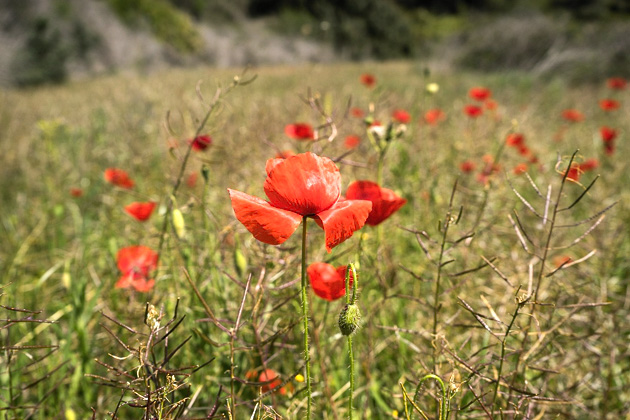
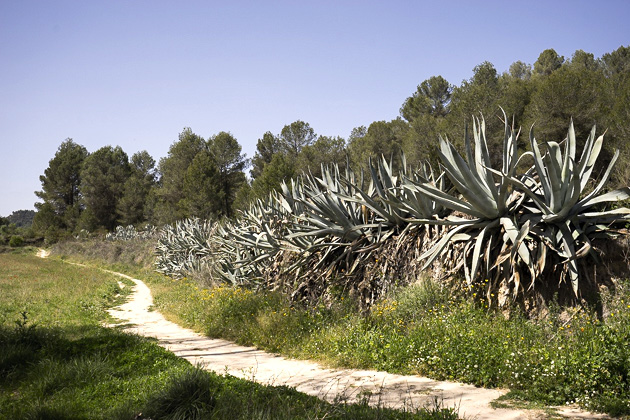


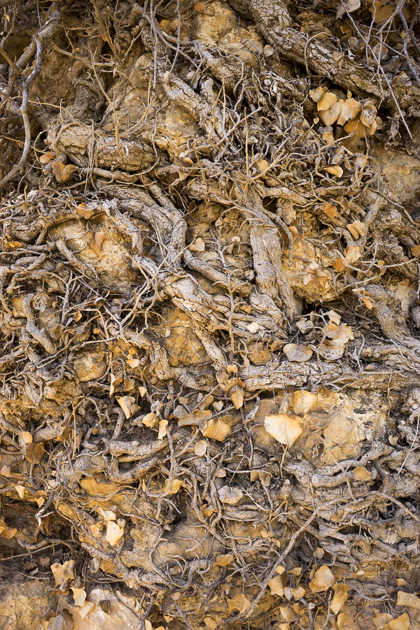


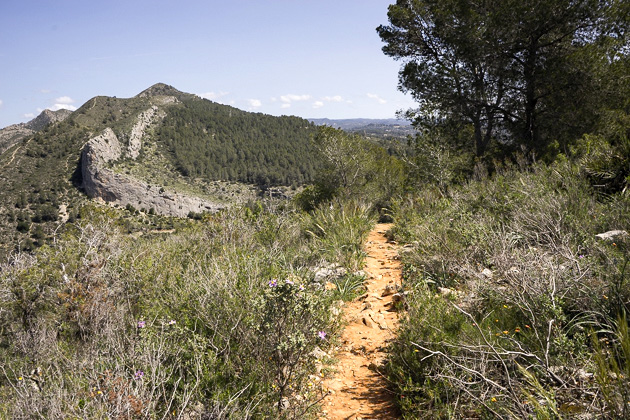
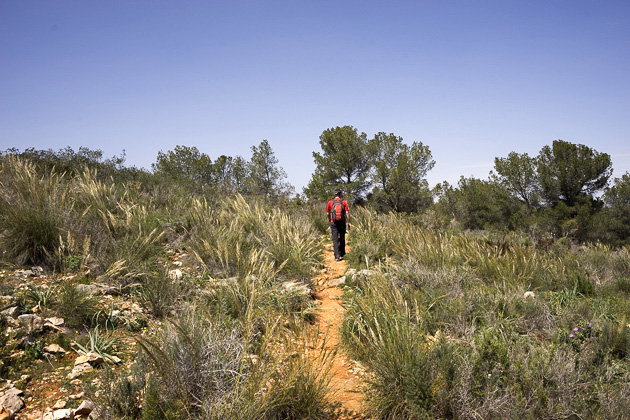
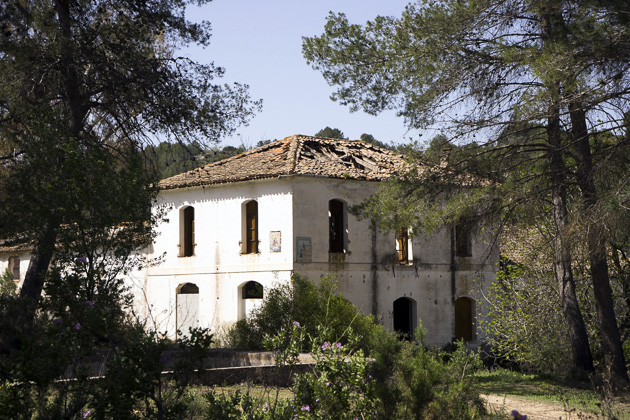
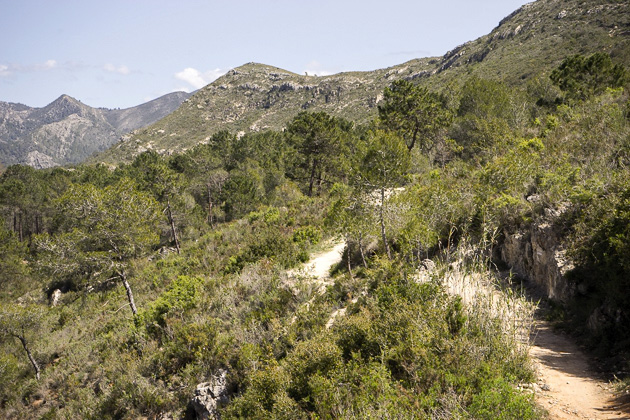
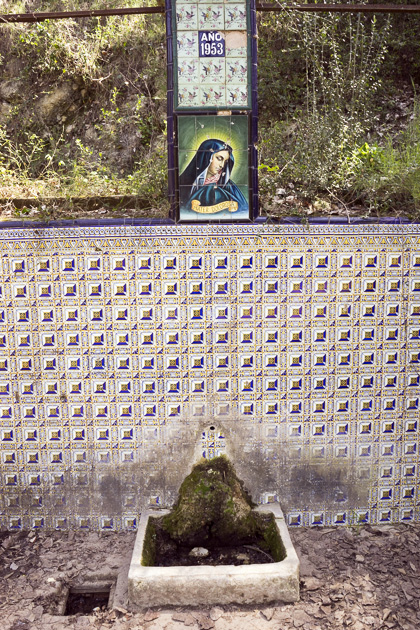
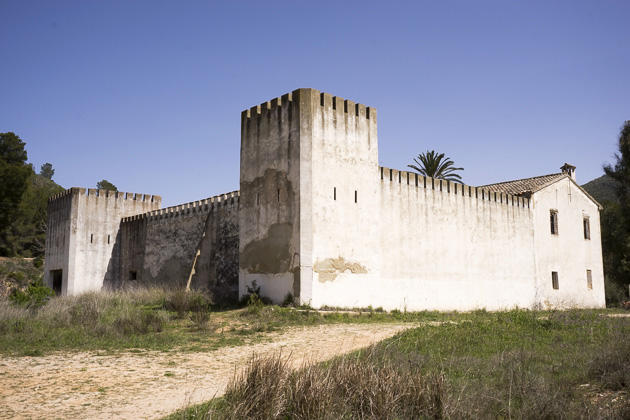
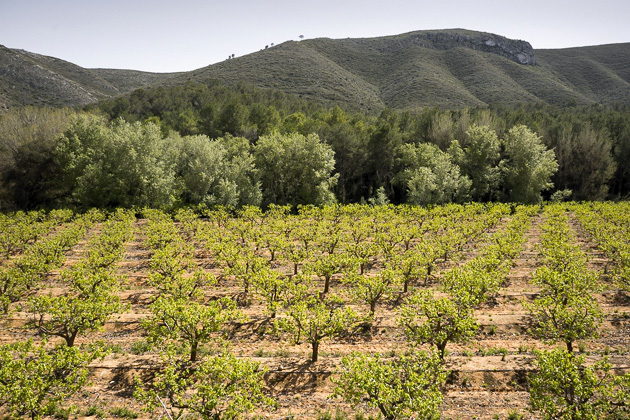
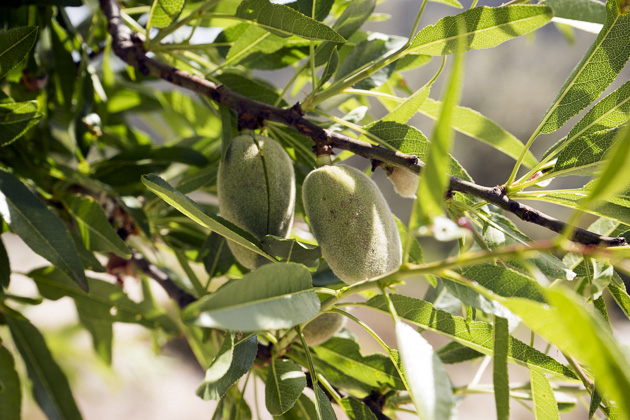
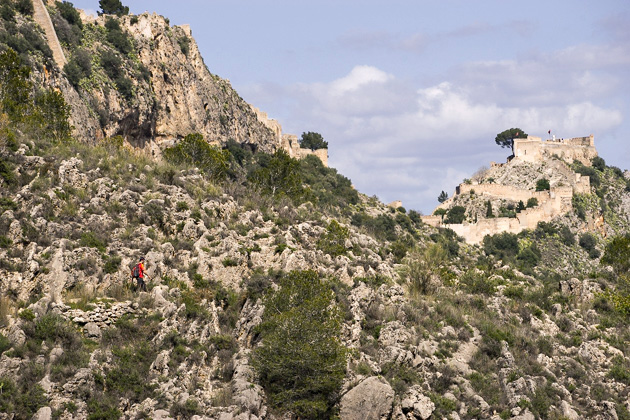
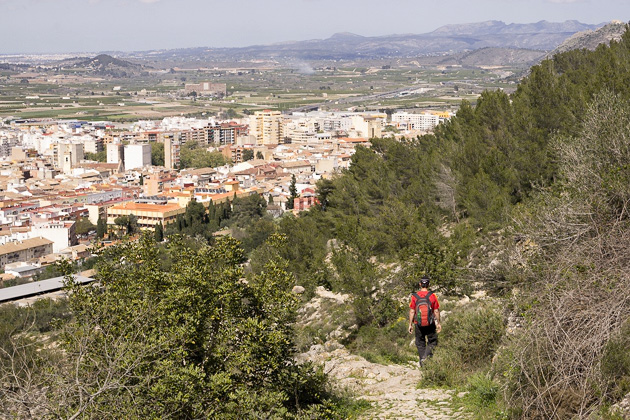
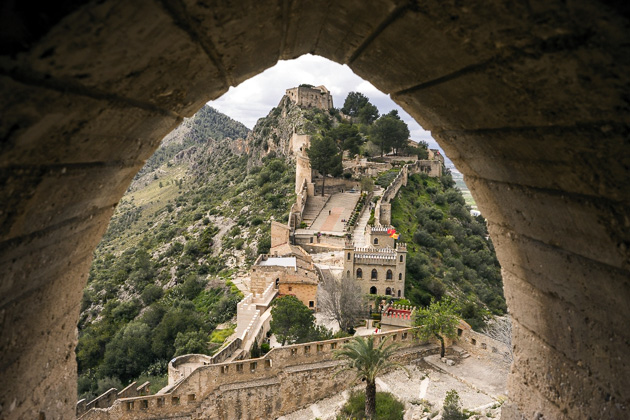
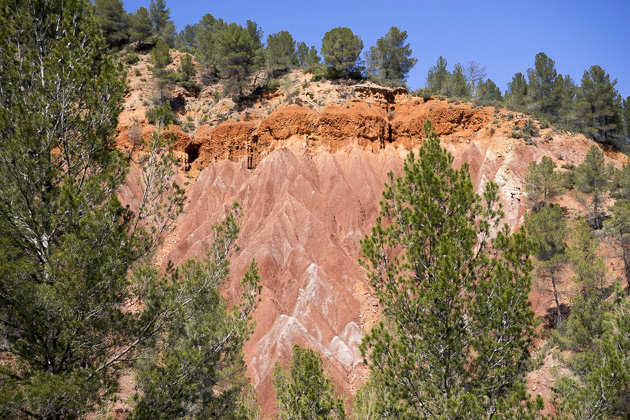
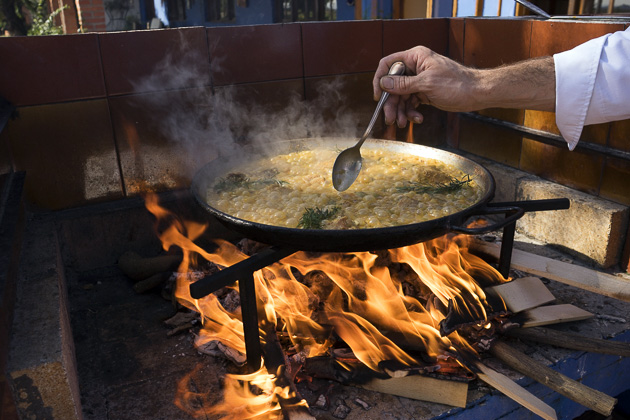

can You please send me the location for poppies field? thank You!